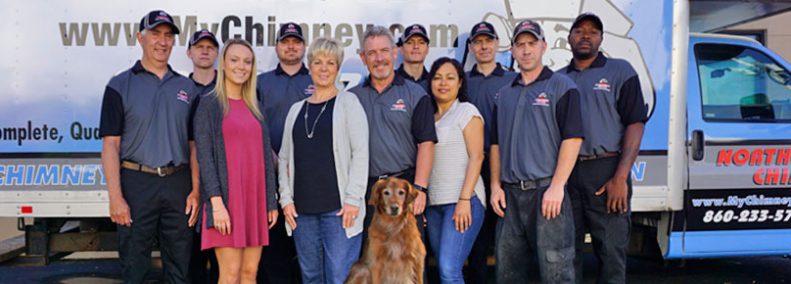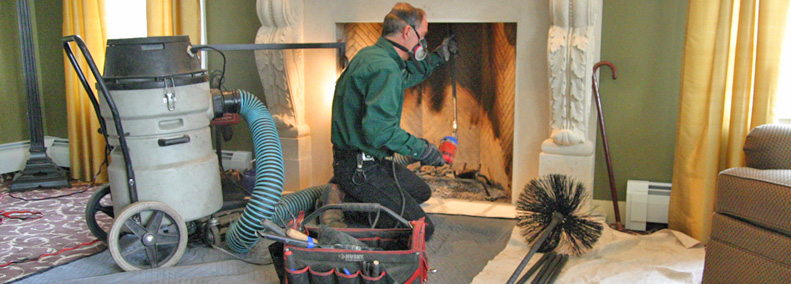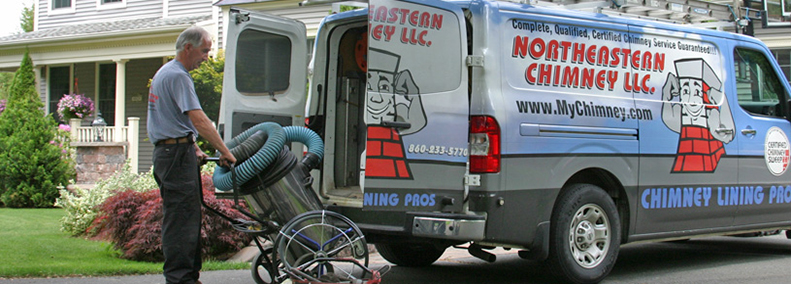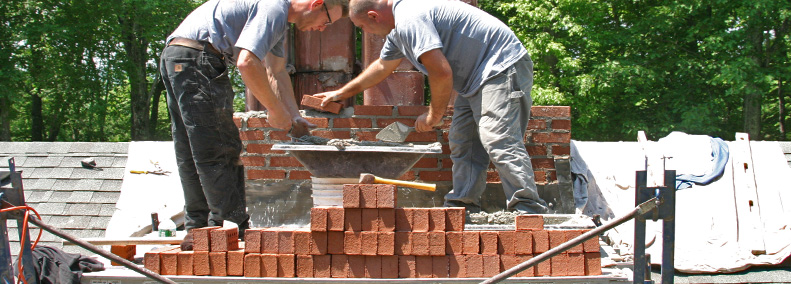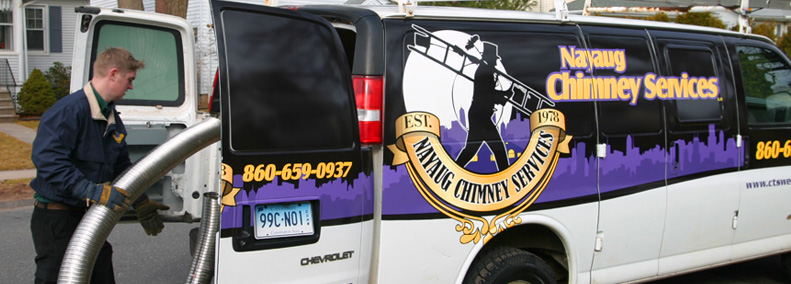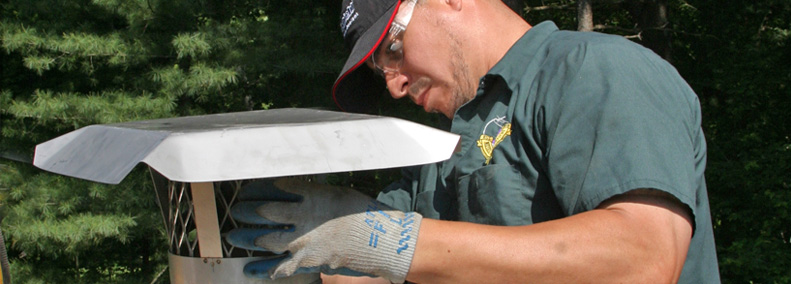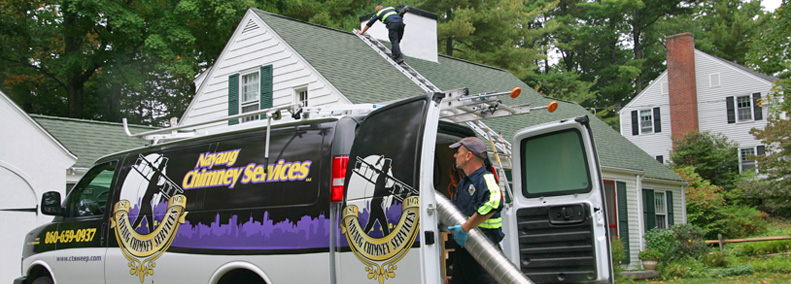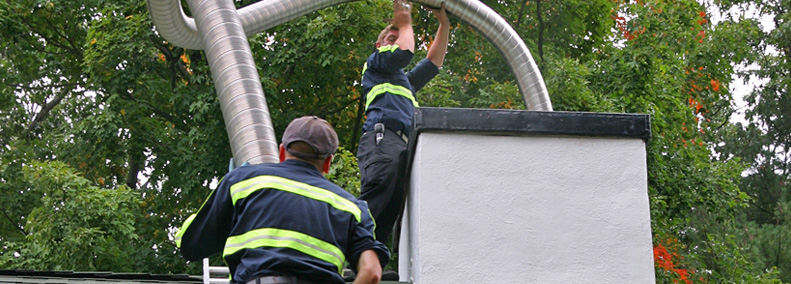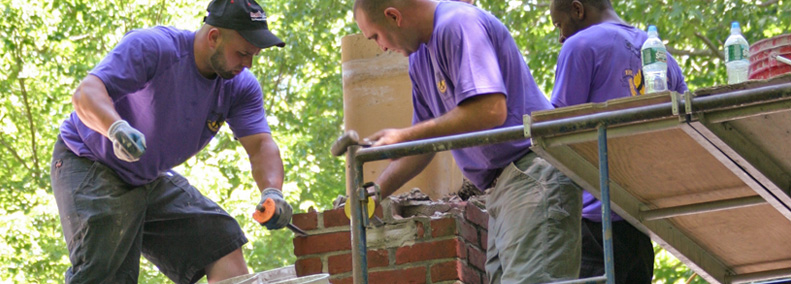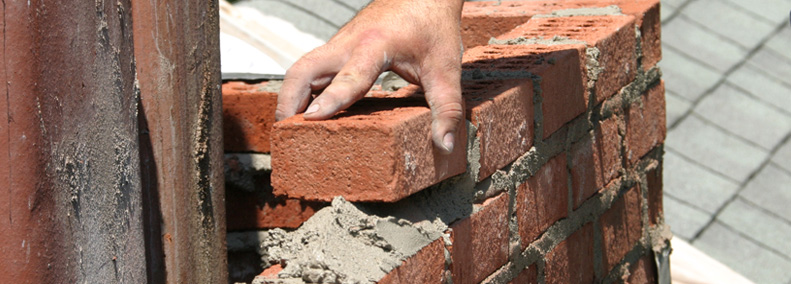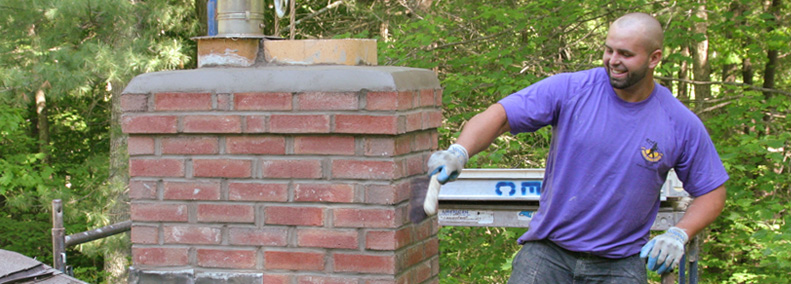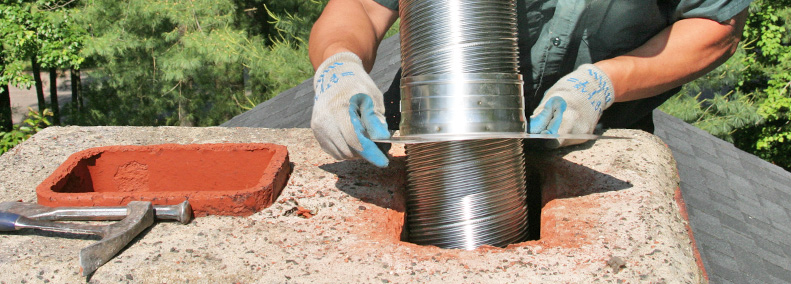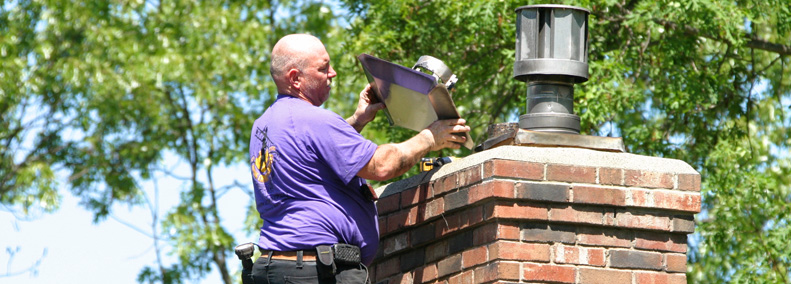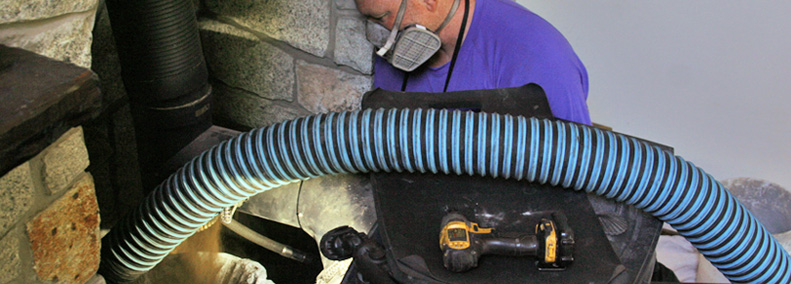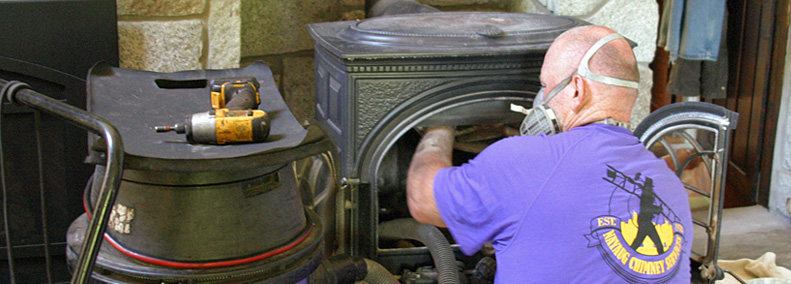07.10.13
The 5 Most Common Chimney Issues
 A chimney and fireplace add character and warmth to a home, but there is a lot more to them than cozy aesthetics. To safely use a fireplace, chimney maintenance is essential. There are many potential issues which need to be addressed at various times. The five most common involve creosote, blockage, cracks in the flue, brickwork problems, and the chimney cap and crown.
A chimney and fireplace add character and warmth to a home, but there is a lot more to them than cozy aesthetics. To safely use a fireplace, chimney maintenance is essential. There are many potential issues which need to be addressed at various times. The five most common involve creosote, blockage, cracks in the flue, brickwork problems, and the chimney cap and crown.
Creosote
When wood is burned, more than just smoke goes up the chimney. Creosote is deposited inside the chimney lining. Creosote is a black or dark brown tar, and soot is a fine carbon powder which colors smoke. The combination of creosote and soot is usually what is referred to as creosote in the chimney.
There are several forms of creosote, they are all dangerous because they are flammable and can cause chimney fires. Every year, many thousands of house fires are caused because of dirty chimneys which haven’t been properly maintained. 
Creosote can also prevent proper venting of the chimney system, causing dangerous fumes to enter the home. An obstructed chimney is one of the reasons carbon monoxide can invade a household. Known as the “silent killer,” carbon monoxide in large amounts is deadly; it is odorless, tasteless, and invisible.
During a chimney cleaning, our professional chimney sweeps use just the right tools to remove creosote from the flue lining. There are three types of creosote, and we have the tools and equipment to remove even the toughest flammable deposits from the flue lining.
Blockage
There are many forms of blockage besides creosote. One of the most dangerous  situations with chimneys is when a fireplace hasn’t been used in a very long time and causes a blockage in the chimney system. It could be caused by a bird’s nest, leaves and other debris, or even masonry if a neglected chimney has deteriorated.
situations with chimneys is when a fireplace hasn’t been used in a very long time and causes a blockage in the chimney system. It could be caused by a bird’s nest, leaves and other debris, or even masonry if a neglected chimney has deteriorated.
The National Fire Protection Association (NFPA) recommends having chimneys inspected annually; if there is blockage, it will be identified and removed by a professional chimney technician.
Cracks in the Flue
When fireplaces are initially built a chimney lining is included. The most economical and common type of lining is clay tile, which isn’t as durable as a stainless steel lining, which virtually never has to be replaced. Homeowners should be aware that chimney linings are subjected to a lot of heat and stress; and if not constructed of steel, they often become damaged. One of the most important reasons to get an annual chimney inspection is to ensure that the flue lining is intact.
A damaged flue is dangerous, and a fireplace should not be used until the lining is replaced. When there are cracks, the heat from the fire can reach combustible parts of the home and start a house fire. In addition, it could expose the household to dangerous gases including carbon monoxide.
Brickwork Problems 
Chimney masonry can usually last about a century depending on if the mortar is in good condition. When mortar deteriorates, the masonry and entire chimney system is exposed to moisture which leads to brickwork problems. The best way to keep brickwork in good shape is to keep moisture out, which means that sometimes mortar has to be replaced.
Our chimney experts can help with any and all brickwork problems you may have. Call today for repairs or for an inspection to find out what kind of shape your chimney is in.
Chimney Cap and Chimney Crown
The first lines of defense against harsh outdoor elements are the chimney cap and chimney crown. If either of these is damaged, moisture could enter your chimney and wreak all kinds of havoc causing your chimney to be unsafe for use.
Don’t be among those who underestimate the importance of chimney maintenance. Call us today, and we can send a professionally licensed and experienced chimney technician to determine whether your chimney needs repair.
Northeastern Chimney, Inc.
formerly Nayaug Chimney Services, LLC
37 Cody Street, West Hartford, CT 06110
Phone: 860-233-5770

 Tap to Call Now
Tap to Call Now